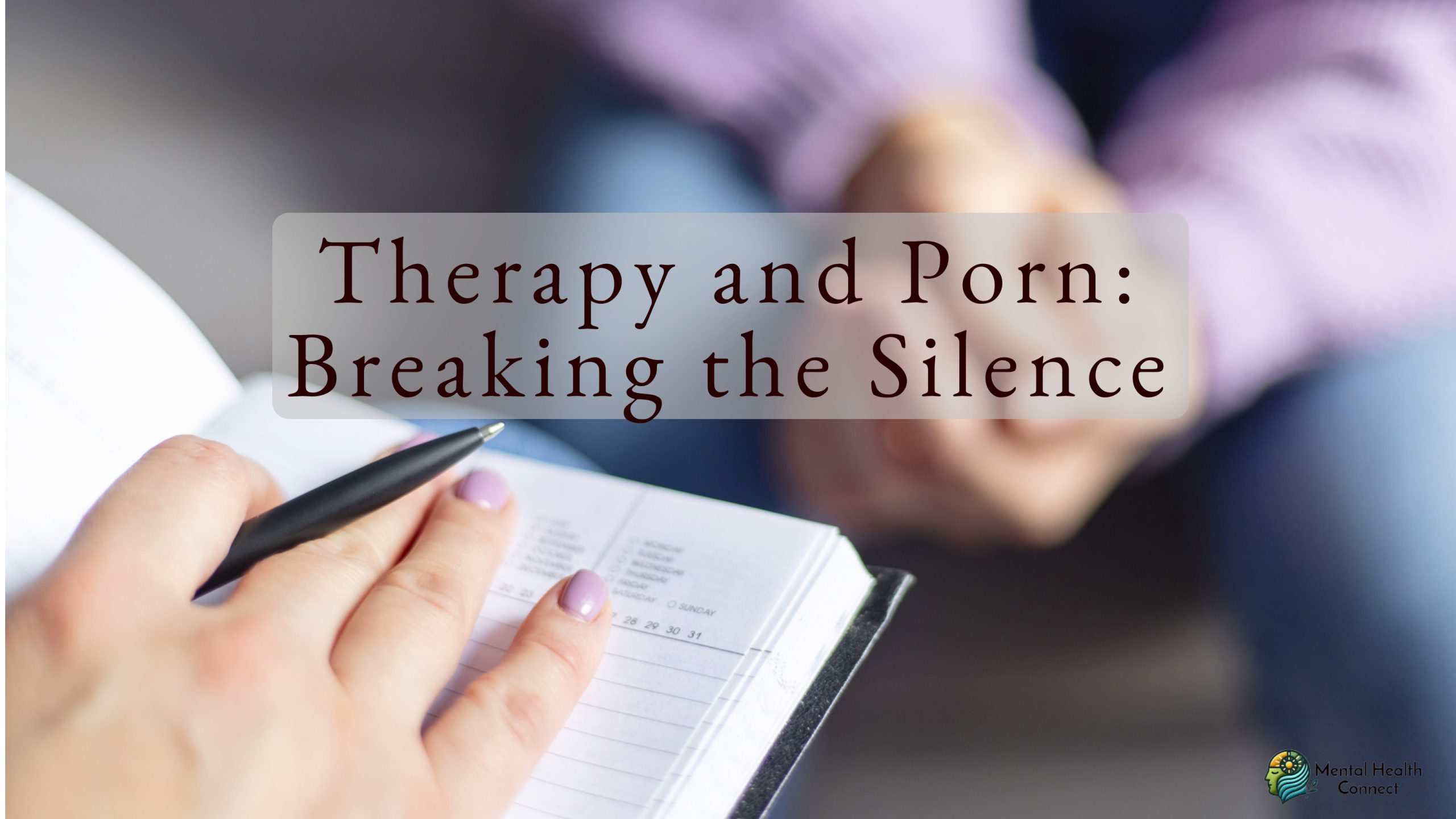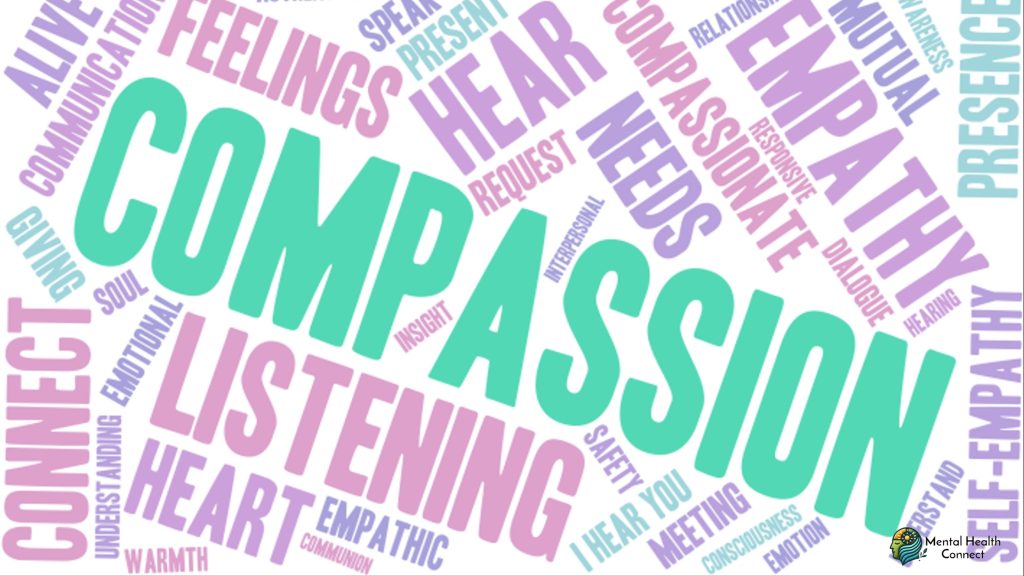Therapy and Porn: Breaking the Silence

In today’s digital world, pornography is more accessible than ever yet the conversations around it, especially within therapy, remain hushed. “Therapy and porn” is a topic often shrouded in shame, confusion, and stigma. But as mental health awareness grows, so does the need to talk openly about how porn consumption affects individuals emotionally, psychologically, and relationally. Whether it’s about addiction, avoidance, or simply seeking clarity, therapy offers a safe space to unpack these layers. This article aims to break the silence and explore how therapy can help people better understand and manage their relationship with porn.
What is Therapy and Porn?
Understanding the Intersection

“Therapy and porn” refers to the therapeutic exploration of one’s pornography use, habits, and emotional responses. It includes:
- Discussing viewing patterns with a therapist
- Identifying underlying triggers, such as stress, loneliness, or trauma
- Exploring the emotional consequences of porn use shame, guilt, anxiety, or numbing
Real-World Examples
- A man in his 30s struggling with intimacy in his relationship seeks therapy to understand his compulsive porn use.
- A young adult explores how porn may be shaping unrealistic sexual expectations.
- A partner in a relationship wants to process betrayal trauma stemming from secretive porn use.
Therapy offers a safe, judgment-free environment to explore these concerns and build healthier ways of coping.
Why is Therapy and Porn Important?

1. Reducing Shame and Isolation
Many people feel alone in their struggles with porn. Therapy normalizes the conversation, reducing stigma.
2. Understanding the Root Causes
Therapists help identify whether porn is being used as a coping mechanism for deeper emotional wounds like trauma, anxiety, or depression.
3. Improving Relationships
Porn can impact relationship satisfaction, attachment styles, and trust. Therapy helps couples navigate conflicts and rebuild intimacy.
4. Enhancing Emotional Regulation
By addressing triggers and emotional responses, therapy helps individuals build better self-awareness and emotional resilience.
How to Talk About Porn in Therapy

Step-by-Step Guide
1. Choose the Right Therapist
Look for professionals with experience in sexual health, addiction, or relationship counseling.
2. Start with Openness
It’s okay to feel nervous. Begin with general concerns like, “I think my porn use may be affecting my relationship or emotional health.”
3. Focus on Patterns, Not Just Quantity
Discuss not just how often, but why and when you engage with porn. This provides deeper insight.
4. Set Goals Together
Therapy isn’t about judgment. Work with your therapist to define personal goals whether it’s reducing usage, understanding triggers, or improving intimacy.
5. Be Patient
Growth takes time. Acknowledge progress, even if it’s small.
Best Practices for Addressing Porn Use in Therapy

Tips for Individuals
- Journal your thoughts and triggers to identify patterns
- Practice self-compassion avoid moralizing or shaming yourself
- Use mindfulness techniques to become aware of urges without acting on them immediately
Real-World Application
A therapist may help a client recognize that their nightly porn use correlates with work-related stress. Over time, they may introduce healthier coping strategies like exercise, creative outlets, or improved communication with a partner.
FAQs
1. Is it normal to talk about porn in therapy?
Yes, discussing porn in therapy is becoming more common and is completely valid. Therapists are trained to approach the topic without shame or judgment.
2. Can porn use be considered an addiction?
While some individuals meet criteria for compulsive sexual behavior, not all frequent porn use is considered addiction. A therapist can help assess this properly.
3. How does porn impact relationships?
Porn can lead to unrealistic expectations, intimacy issues, and secrecy, which may affect relationship satisfaction and trust.
4. Is quitting porn necessary for mental health?
Not always. The goal isn’t always abstinence it’s about understanding the emotional impact and making informed choices.
5. Can couples go to therapy for porn-related issues?
Absolutely. Couples therapy can help both partners express feelings, rebuild trust, and redefine intimacy together.
6. What types of therapy are best for porn concerns?
Cognitive Behavioral Therapy (CBT), Acceptance and Commitment Therapy (ACT), and trauma-informed approaches are especially effective.
7. How do I know if my porn use is a problem?
If porn use interferes with your relationships, daily functioning, or emotional well-being, it may be time to seek help.
Talking about therapy and porn may feel uncomfortable at first but breaking the silence can be a powerful step toward healing. Whether you’re seeking clarity about your own behaviors, wanting to strengthen your relationship, or simply trying to understand your emotional patterns, therapy offers a safe, supportive path forward.
Don’t let shame be the barrier to the support you deserve. Support is available, hope is real and you don’t have to face this alone.
-
 How to Support Someone with OCDApril 17, 2025
How to Support Someone with OCDApril 17, 2025 -


Leave a Reply